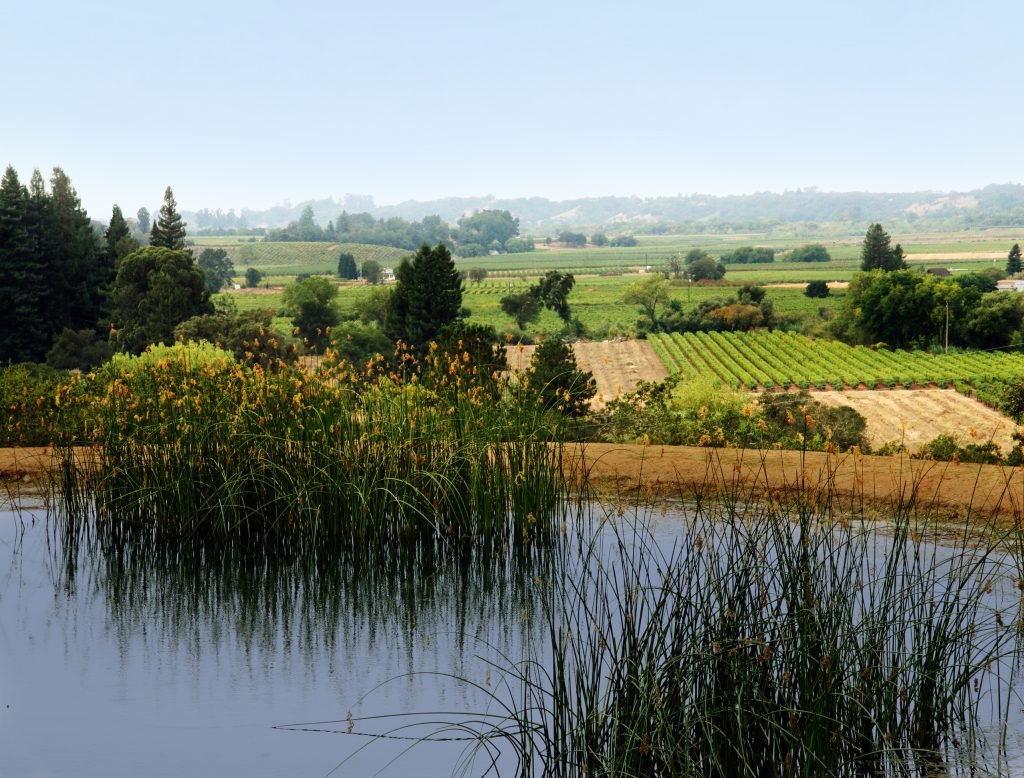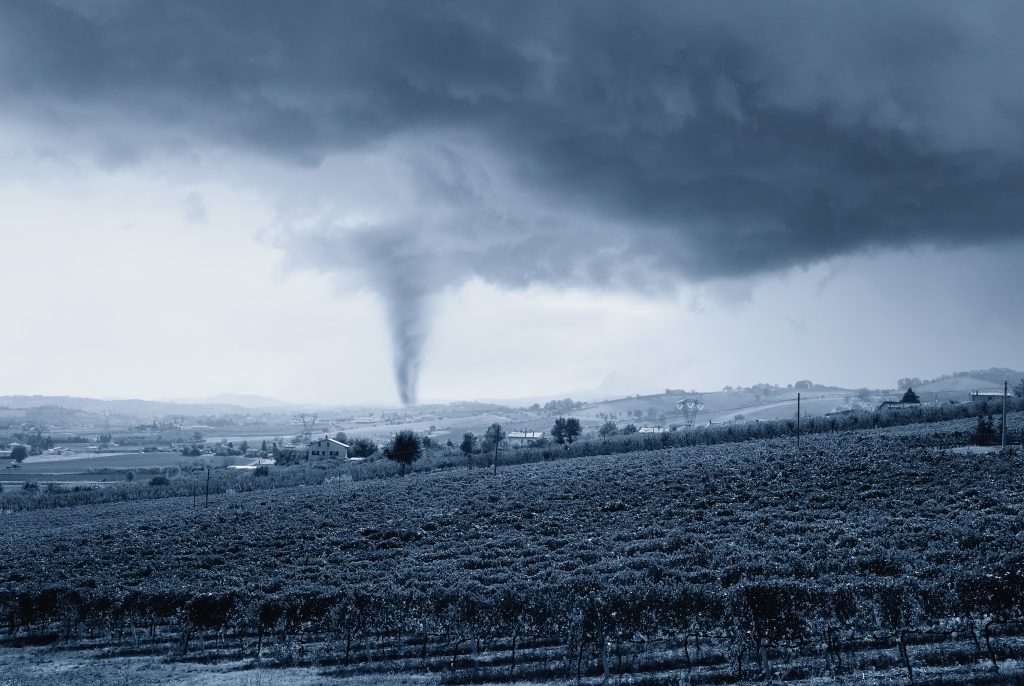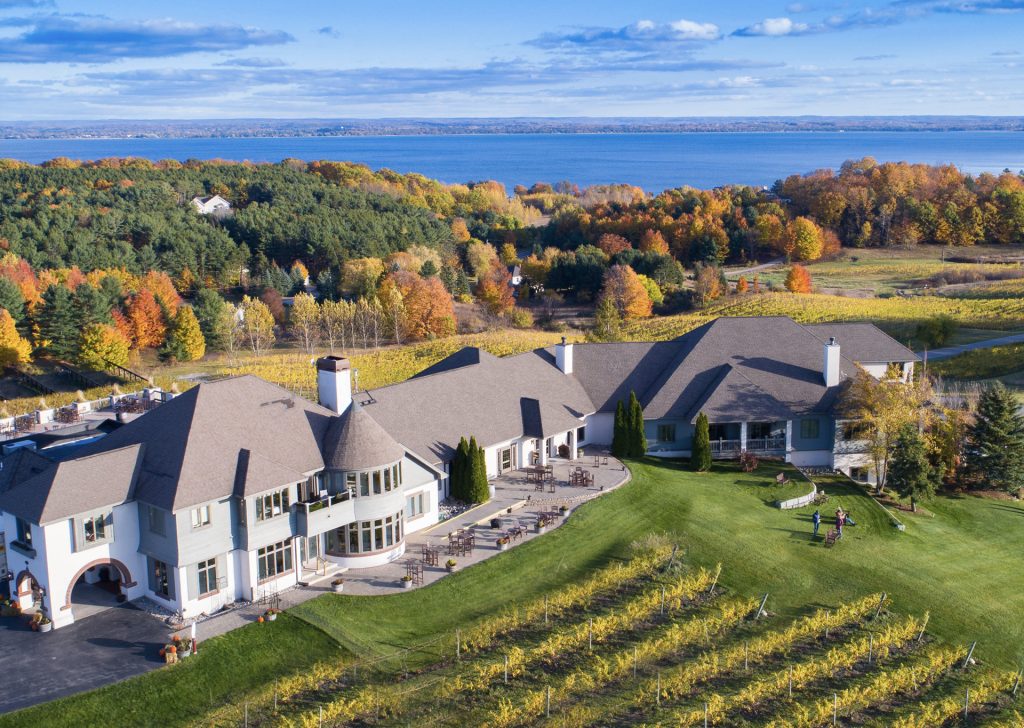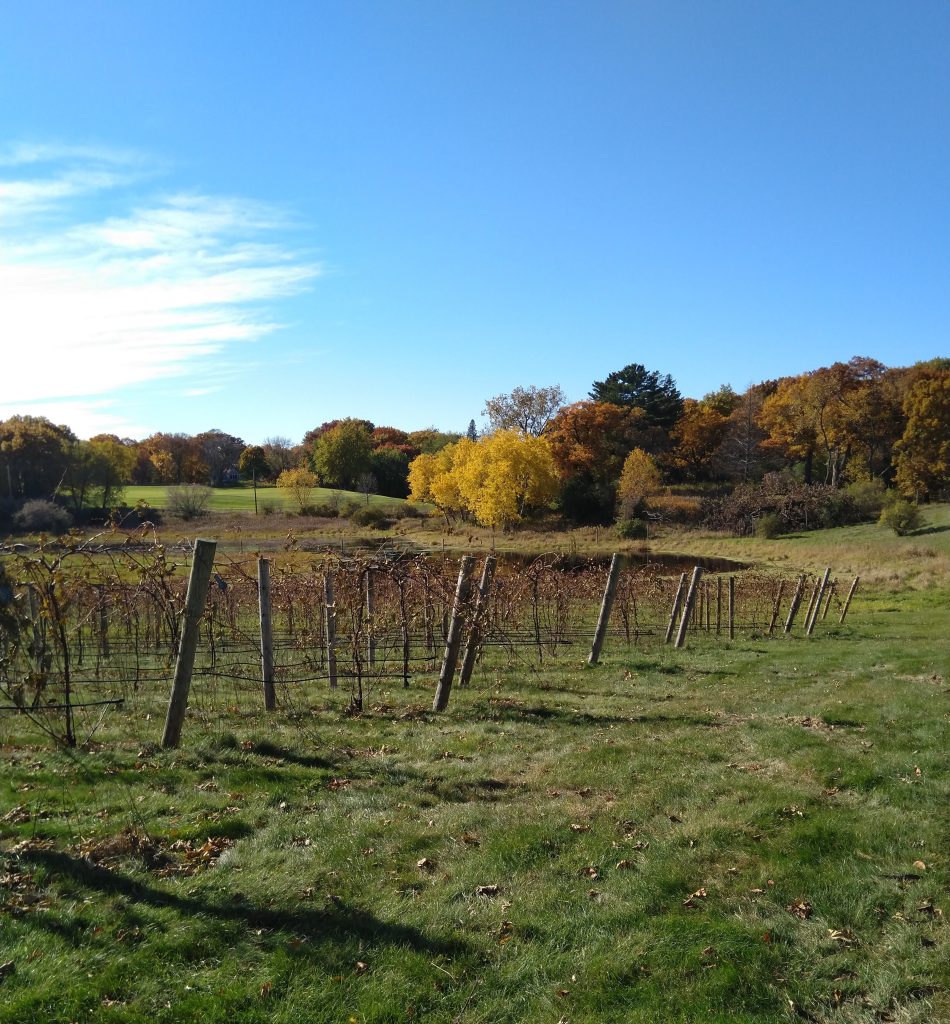
By: Alyssa L. Ochs
Here’s a quick trivia question for you: Where is the oldest winemaking region in North America? Although Northern California, the Hudson Valley of New York and the Coahuila state of Mexico are common guesses, the correct answer is actually New Mexico. This fact might come as a surprise to many wine enthusiasts because New Mexico wines rarely gain the widespread attention or recognition of wines produced in other regions across the continent. Yet the wine industry is thriving in this part of the Southwest and has a lot to offer local residents and curious travelers.
The first widespread production of wine began in New Mexico in 1629 after Spaniards settled in the area and began making wine to support their Catholic communion traditions. Fast-forward to 1995, when Casa Rondeña Winery first came onto the New Mexico winery scene as a family endeavor at the hands of vintner John Calvin and his two young sons, Ross and Clayton. Although there are over 50 wineries today in New Mexico, Casa Rondeña, located in Los Ranchos de Albuquerque, stands out because of its hands-on approach to winemaking, a nod to cultural traditions and unique event offerings. It is also one of my favorite local wineries and just a few miles down the road from where I currently live in New Mexico, also known as the “Land of Enchantment!”
Getting to Know Casa Rondeña
Casa Rondeña’s owner and vintner, John Calvin, along with the Casa Rondeña Winery team, shared some details with The Grapevine about what makes this winery unique and stand out among others in the region and beyond.
While living in Spain, Calvin gained an appreciation for architecture, music and winemaking – three components that helped build Casa Rondeña Winery into what we know and love today. As a family-owned-and-operated winery, Casa Rondeña has been committed to growing and winemaking practices that respect its agricultural roots and the greater community. The winery is loved by its members for both the elevated experience and elegance of the surroundings, as well as the dedication to creating the finest wines in the Southwest. Meanwhile, the nearby Sandia Mountains offer a stunning background as you stroll through the vineyard, enjoying the grandeur of architecture or relaxing with a glass of wine by the pond.
John Calvin built and raised his family in what is now known as the ever-popular 1629 Club. Unique to the state and named for the year the first vines were smuggled into New Mexico by Franciscan monks, this private membership club offers an exclusive atmosphere that is committed to providing members exceptional service in a relaxing atmosphere to unwind from life’s fast pace. The Casa Rondeña tasting room has been open since August 1997, and it built a new barrel aging and storage facility in 2008.
As you pass through the Rondeña archway, you are immediately transported to a different time and place. It is a place for peace and reflection, of beauty and grace, where beauty is created for its own sake and where your friends and family are reminded of why we live in New Mexico.
The Wines of Casa Rondeña
As a boutique winery, Casa Rondeña takes a hands-on approach to winemaking and makes wines that the family and winery team enjoy – bold, dry reds and classic, crisp whites. These are wines that pay tribute to the land and culture of the Rio Grande Valley.
Calvin and the winery team pointed out that Casa Rondeña built a wine around 1629 as a nod to the origins of winemaking. This 1629 flagship wine is as rich in history as in its flavor. This blend of tempranillo, syrah, and cabernet sauvignon is layered and full-bodied, and its wonderfully dense flavors are credited to the vines that have been rooted for more than 25 years. It’s entirely New Mexican and not found anywhere else in the world.
A complete and updated list of Casa Rondeña’s current wines can be found on the Tasting Room page of the winery’s website, along with descriptions of each locally hand-crafted wine.
Behind the Scenes at Casa Rondeña
When I asked Calvin and the Casa Rondeña Winery team about the most significant challenges they have experienced, they noted that the quality of wine worldwide goes up every year. Vintner John Calvin and Assistant Winemaker Joshua Franco listen and feel this climate, creating wines that represent this place, the sky, river and sunlight.
“We focused on what we do best: make the best wine in the Southwest and maintain the most hospitable and beautiful environment in the region, paired with an incredible staff,” Calvin said. “With our wine club members and growing audience of wine-enthusiasts, our biggest challenge is always about keeping up with production demand.”
Visiting Casa Rondeña
In my personal experience, I have found Casa Rondeña to be an exceptionally friendly and welcoming winery where it’s easy to lose track of time and spend all afternoon catching up on conversations with friends and perhaps even making new ones. The Casa Rondeña tasting room is open to the public daily from 12pm to 7pm, and no reservations are required to visit.
For first-time visitors, the best way to experience Casa Rondeña is to select four wines for a tasting flight and learn about each one to discover your favorite. Crackers, chips, meat and cheese plates, fruit and veggie plates and chocolates are available in the tasting room. Nearby, you’ll find a gift shop filled with unique items crafted by local artisans. Casa Rondeña does not allow outside food to be brought into the winery.
From here, step outside to take a walk around the grounds with a glass of wine in hand or take a seat on the patio to soak up the natural beauty of pure New Mexico. In addition to flights, visitors can purchase wines by the glass or bottle. It is a very family-friendly winery that welcomes children, obviously, as long as they don’t consume alcohol and are appropriately supervised. Only registered service animals, but no pets are allowed at Casa Rondeña. For non-wine-drinkers in your group, Casa Rondeña offers canned beers from the Albuquerque-based Marble Brewery and non-alcoholic beverages.
Not Just Your Average Winery
Yet Casa Rondeña is much more than just a local producer of wine in Albuquerque’s North Valley. It is also a one-of-a-kind event venue that is loved for its spiritual, calming and romantic vibes. There are three event spaces at Casa Rondeña that are surrounded by lush vineyards, flowing fountains, a lovely pond, and cottonwood trees that evolve with the seasons. Casa Rondeña is a popular local spot for weddings because it offers customized wedding packages with options for rehearsal dinners, private tours and tastings, engagement photography sessions, bridal suites, groom’s rooms, and a long list of amenities.
Calvin, a Rio Grande Valley native and trained flamenco guitarist, is passionate about world music and local music, and so the winery has even hosted intimate concerts to celebrate these interests and support the community. In addition to private events for special occasions, there is also Casa Rondeña’s Wellness + Wine program, which attracts people who are passionate about wine and inspired by health.
According to Calvin and the Casa Rondeña team, the program consists of classes run by five of the area’s top yoga and Pilates instructors. Open to all skill levels, this one-hour, beautiful outdoor practice is followed by a glass of wine and an invitation to stay and relax on the grounds. Classes surround the pond of the 1629 Club, paired with the tranquil and meditative sounds of Handpan music. Reservations are required to participate in Wine + Wellness events, and participants can purchase picnic-style food options from the tasting room.
“While the program takes a hiatus during the winter months, we anxiously await its return in the spring of 2023,” Calvin said.
What’s Next for Casa Rondeña?
Aside from the much-anticipated return of Wine + Wellness events and periodically scheduled holiday happenings, there is much more to look forward to at Casa Rondeña in the coming months and years.
Calvin and the winery team shared, “Adjacent to our nearly 30-year-old Casa Rondeña Winery is the home to our new Animante Winery. This newest addition to the property is expected to break ground in early December 2022. The winery will be doubling in size with a new vineyard, and be a new winery that will offer a new menu of wines.”
Through new additions and the changing seasons, the people of Casa Rondeña remain humble and ever grateful to be able to continue their mission: to be at the cutting edge of culture, architecture and winemaking in the Land of Enchantment.







